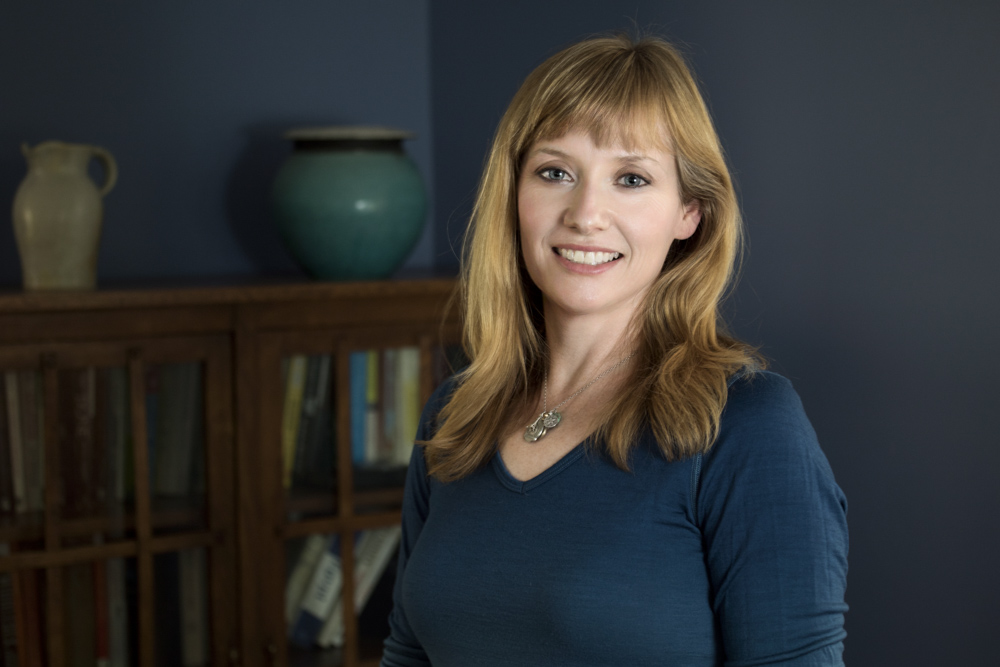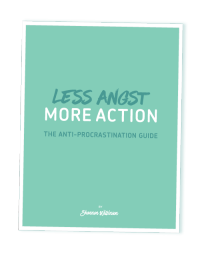What is NLP (Neuro-Linguistic Programming)?
- The study of human excellence.
- The study of how mind (neuro) and language (linguistic) interface to create our internal experience, patterns and reality (programming).
- The study of subjective experience.
NLP is a branch of cognitive psychology developed in the USA in the 1970’s. Personal coaches, therapists, psychologists, psychiatrists and business consultants use NLP to assist people in transforming their lives, their relationships and their goals. NLP includes a number of patterns for changing how people perceive the world around them, so they have the resources they need when they’re faced with challenging situations.
In an interview with Jenny Ryan aka Cranky Fibro Girl for her A-Little-Bit-Of-Soothing-Wednesdays series, she said that she’d heard a lot about NLP, but still didn’t really feel she had a clear idea of exactly what it is. Here’s what I shared with her:
I’m not surprised that you don’t have a clearer understanding about it, it can be hard for me to define succinctly, and I’m a certified NLP Trainer! I think it’s especially confusing because while NLP is really about the study of excellence and subjective experience, most people think of it as the many techniques and patterns that have come out of the modeling process.
Oh, and the names. The names are just horrible, starting with Neuro-Linguistic Programming! It was coined in the 1970’s when computers were really starting to excite people. The developers thought of NLP as a User’s Guide for the software of your mind and behavior. But when you break down the name, it’s about how thought (“neuro”) and language (“linguistic”) affect one another and behaviors (“programming”).
So, what is it? NLP is the study of how you experience the world and do things, from how you do the things you do really well naturally (learn languages, empathize with others) to how you do the things you’d rather not do (get angry, bite your nails).
There’s a systematic process for figuring out how someone does something really well, breaking it down into steps and recreating the results. And to know that you really have it figured out, teaching the process to someone else. This is how I learned to break a board after five minutes of training as opposed to the years it might take in traditional martial arts training. And could then teach someone else to break a board in the same way.
The other part of NLP, and probably more familiar, is the many techniques and processes that came out of modeling people. The first three people modeled by the founders of NLP were outstanding therapists: Virginia Satir, Fritz Perls and Milton Erickson. So lots of techniques that these therapists used were identified, modeled and taught to others.
There’s a model of asking questions that makes things more specific and precise, there’s a model that makes things more broad and abstract. There are techniques to change your perceptions and feelings about things, including a phobia cure, allergy relief and creativity. There are questions to understand how you think the way you do, and what that means. These are what most people think of when they think of NLP.
What is HNLP (Humanistic Neuro-Linguistic Psychology™)?
HNLP is the study of how Mind creates reality through language and behavior. No matter what you think you are, you are always more than that! John Overdurf and Julie Silverthorn coined the term to describe their branch of NLP. Their extensive research in quantum physics, ancient spiritual systems, hypnosis, neuro-science and the experience of life led them to create this natural extension of traditional NLP.
If you’d like to know more, read John and Julie’s in-depth description of HNLP.


[…] About That NLP Stuff Shannon Wilkinson | May 22nd, 2012 Other than trying to define NLP, or mentioning it in a post or two, I haven’t really talked much about it, much less what […]